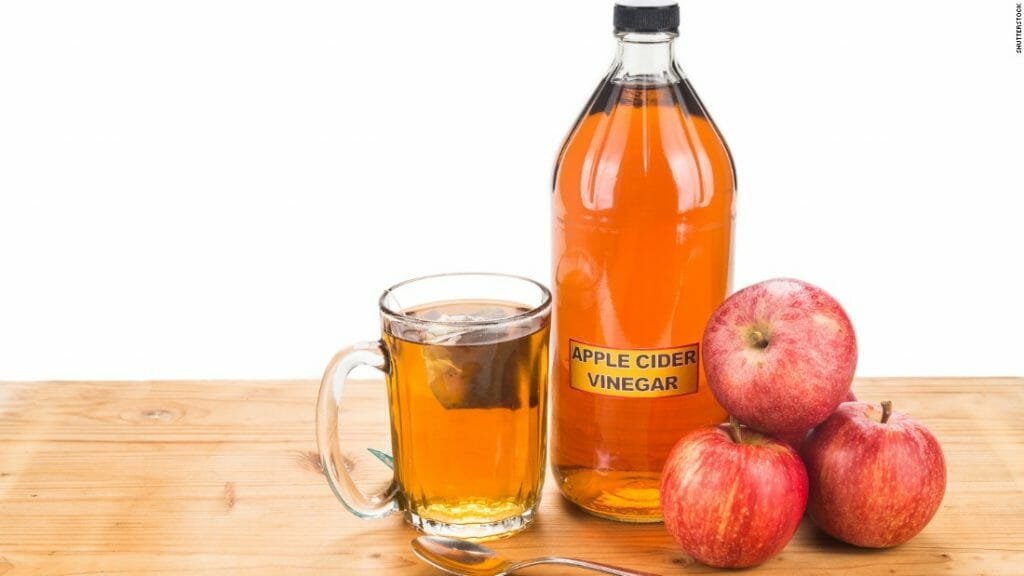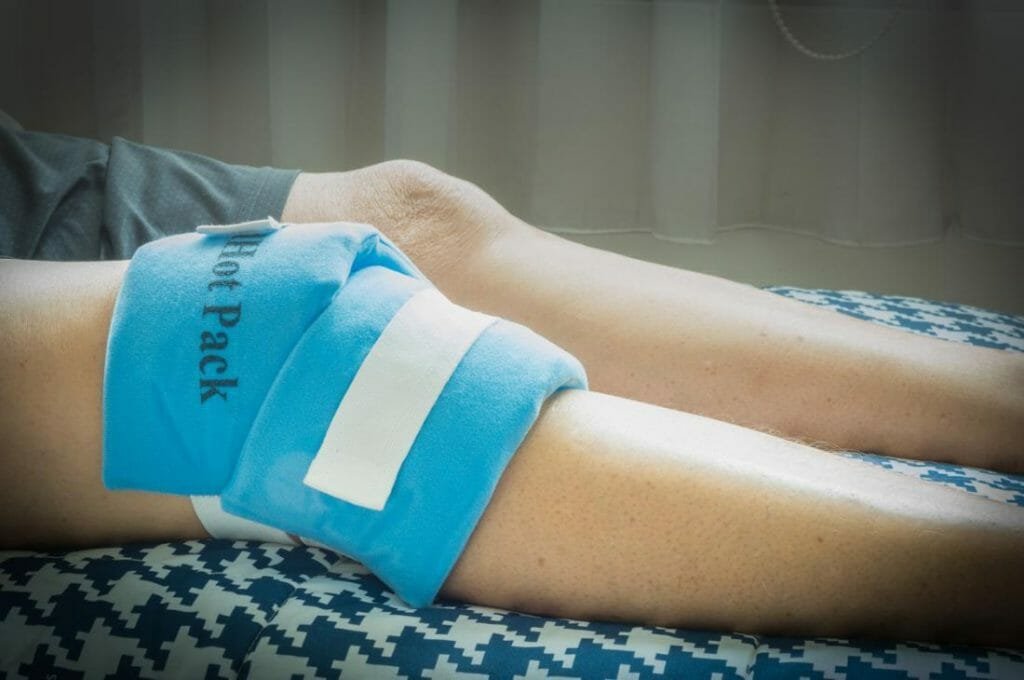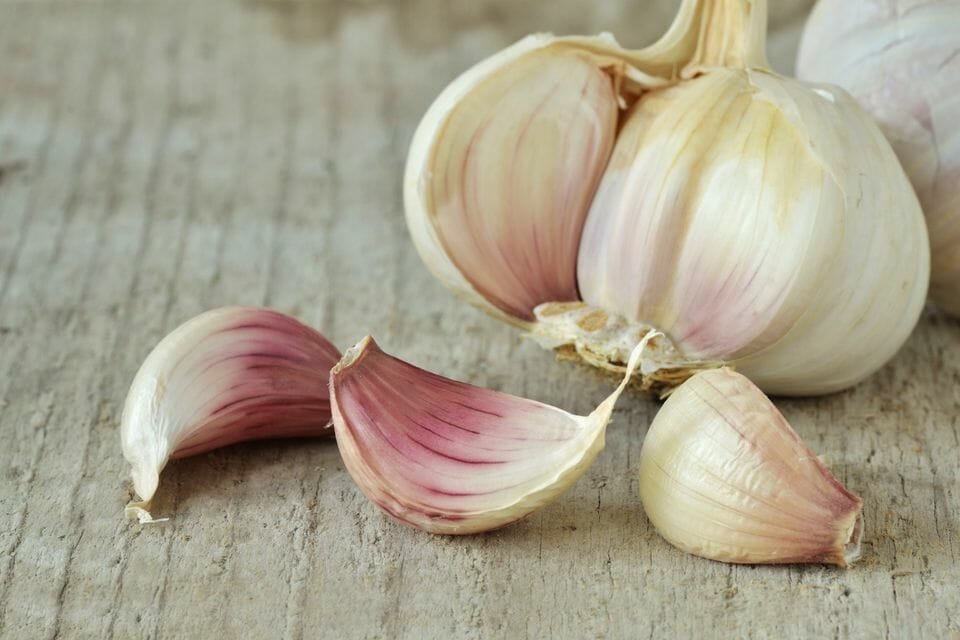Are sore muscles holding you back from having a healthier and fit life? Often when we decide to get fit, we start working out. On the very first day, the spirits are high and the ‘Go hard or go home’ attitude is strong, you give it all that you have. You feel good about yourself until the next day. You do not feel like getting up and your whole body is sore. This article will inform you about what muscle soreness is and how to tackle it using home remedies.
Some people love sore muscles after a workout. It is like a reward for them and they are not happy unless they feel stress in their muscles. However, for some people, muscle soreness is a setback. Either way, everyone has experienced soreness in the muscle at some point or the other. Read Here: 5 Best Home Gyms of 2020
What causes muscle soreness? One of the main reasons for muscle soreness is the lifting of heavyweights. Apart from this, speed work or the stair climber exercise at the gym also causes muscle soreness. The accumulation of lactic acid causes muscle soreness. Lactic acid is nothing but a byproduct of the metabolism of muscle.
This byproduct irritates muscles to a very extreme extent. This causes discomfort in the muscles. When muscle soreness is associated with a workout, it is known as Delayed Onset Muscle Soreness (DOMS). DOMS makes it painful for anyone to walk and reduces the strength considerably. It is interesting to know that lactic acid is not the only reason for muscle soreness.
This is because lactic acid is secreted every time a few hours after a workout. This fails to explain why soreness is experienced even after a few days after a workout. The inrush of WBC (white blood cells), nutrients, prostaglandins, and other fluids into the muscle causes swelling of the muscle. Such nutrients and fluids are released by the body to repair the muscles after a workout. The result of a tough workout is the tearing down of muscles. Read Here: Top 5 Best Elliptical Under 1000
Such tears are usually microscopic. The response of the body to such tears is the release of such fluids. It is important to note that such damage to your muscles is not a cause of concern and you do not have to visit a doctor. The muscles tend to remain sore for 3-4 days after a workout and are usually healed by the 5th day depending on how intense your workout was.
Some things to do before/after a physical activity
Read More:
- Best 3 Peloton Elliptical Reviews
- Best 3 Incline Treadmill Reviews
- Sole F85 Treadmill Reviews
- Top 3 Matrix Treadmill Reviews
- Best Elliptical Machines Under $500: Top 5 Options Reviewed
Water
Keeping your body hydrated is of paramount importance. It is a well-known fact that the body should be hydrated at all times but it is even more crucial to do so before a workout. The advantage of water is that it moves through your body. This lessens the inflammation caused in the body. It helps you in flushing out the waste from your body. It also delivers vital nutrients and vitamins that the muscles need. Now the tricky part is that you may not realize that you are dehydrated.
Often a person becomes dehydrated yet he does not feel the need to drink water. So how does one tackle this? The color of urine serves as a reliable indicator. When a person is dehydrated, the color of that person’s urine would be dark or medium yellow. A pale yellow, on the other hand, means that the person is hydrated. However, it is important to note that if a person takes vitamin supplements, it can cause urine to seem darker.
Foam Roller
The tensions in the muscles can be released with the help of self-myofascial release (SMR). Some of the SMR tools are lacrosse balls, foam rollers, massage sticks, etc. These SMR tools can also be used to release the tensions formed in the connective tissues. These tools help to move the fluids gathered in the muscle area. According to some studies, the foam roller helps in increasing the motion range and reducing DOMS. Foam rolling along with various kinds of massages increase blood circulation.
This helps in delivering more oxygen and nutrients to the concerned area. This, in turn, helps in reducing tenderness and swelling. Beginning with a softer foam roller is advised. A firm roller allows one to work with more pressure. However, intense pressure can make things worse if someone is not used to it. Glutes, calves, lats, and IT (iliotibial) band are some areas that are very hard to reach. A lacrosse ball helps one to reach these areas.
Nutrition
It is advised that one must eat within half an hour after a workout. Muscles need nutrients to repair itself. Having something after a workout feeds the muscles. This makes the muscles grow stronger. The recovery period gets shortened if you have proper food after a workout. About 20-40 grams of protein and carbs each rich food should be consumed within half an hour from a long and intense workout. A popular choice is a Greek yogurt with a few berries. Muscle building requires protein as it contains amino acids. Amino acids are crucial in the rebuilding of the muscle. Carbohydrates, on the other hand, provide the fuel needed in a workout.
They replenish the fuel tank and prepare your body for a new activity. One should not only focus on post-workout-snacks but also on what he has throughout his day. You would not do any good to your muscles if you pinch on your meals the remaining day. You should prioritize your meals and track your daily intake of protein so that your muscle tissues are supplied enough quantities of amino acid. How much protein should a person have on a daily basis? An individual must have 0.35 to 0.4 grams of protein per pound of body weight.
Such intake should be evenly spread out every 4 to 5 hours. So if a person weighs 150 lbs, he will need around 95 to 135 grams of protein on a daily basis. Further, legumes and vegetables are beneficial as they provide myriads of minerals and vitamins like zinc and vitamin C that help in increasing the rate of the healing process.
Sleep
Sleep is important for plenty of reasons. One very important advantage of adequate sleep is recovery from injuries. Naturally, muscle soreness is also alleviated with sound sleep. The effect is not immediate but it is one of many factors that help in the recovery os muscle soreness. Protein synthesis is increased with NREM sleep (Non-rapid eye movement). NREM sleep plays an important role in repairing damaged tissues. A person should for at least seven hours if he wants to get the most out of his sleep.
Day after
The day after an intense workout should be reserved for a light workout. Sore muscles require time to heal and need to be rested. But you should not use this as an excuse to stay at home and watch Netflix. Getting some gentle muscle movement through exercises like walking, yoga, swimming, cycling, and so on is ideal. This would ensure that your routine is not disrupted. But take care not to indulge in an intense workout as this could worsen the inflammation in your muscle.
NSAIDs
NSAIDs stands for Nonsteroidal anti-inflammatory drugs. NSAIDs ease the pain in muscles. However, the downfall of NSAIDs is that they restrict the muscles from getting stronger and bigger. It is natural for anyone to think of taking a painkiller instead of suffering for 4-5 days. By taking painkillers, the muscle rebuilding process gets disrupted. Some key processes are sacrificed by the consumption of painkillers. A study suggests that ibuprofen hampers the progress from an 8-week training program focusing on muscle building and strength in youngsters.
6 Home Remedies For Sore Muscles
Epsom Salt

Two to three scoops of Epsom salt can be added to a tub full of warm water. This method is found to work in almost all cases. The pain due to muscle inflammation can be alleviated with this method. Epsom salt consists of magnesium sulfate. This is a relaxant for muscles and it is natural. Therefore, it has no side effects. Swelling can also be tackled with the help of Epsom salt. The excess fluids accumulated in the swollen area can be drawn out. This method should be repeated three times a week and the concerned area should be soaked for 15 minutes.
Apple Cider Vinegar

It is found to be very effective. You simply need to rub it on the affected area. It can also be taken as a drink by mixing honey and water. Honey and water balance the sourness of apple cider vinegar.
Ginger

Ginger tea is a great way to relieve muscle pain. Ginger has anti-inflammatory properties. This is excellent to alleviate joint and muscle pain. Researches have shown that people suffering from OsteoArthritis respond well when given garlic tea.
Heating and Cooling

Using cold and hot compressions helps in easing joint pain. Heat is a nice way to increase the flow of blood in the affected area. Increased blood flow relaxes the soreness. Cold compression reduces numbs the surrounding area of the affected muscle. It also lessens the inflammation in the muscle or joint. A combination of heat and cold treatment is used for the best results.
Turmeric

It is one of the best home remedies available for muscle soreness. Turmeric contains curcumin which is an active ingredient. It is well known for its antioxidant and anti-inflammatory properties. Some studies have pointed out that turmeric works just as fine as ibuprofen. Turmeric is excellent for people suffering from OsteoArthritis.
Garlic

Sulfur and selenium are found in abundance in garlic. These two components work effectively to reduce pain in muscles and joints. Inflammation can be reduced with the help of sulfur while selenium is useful for its antirheumatic effect. This is helpful for those people who have low reserves of selenium in their bloodstream.
Read More:
- Best 3 Peloton Elliptical Reviews
- Best 3 Incline Treadmill Reviews
- Sole F85 Treadmill Reviews
- Top 3 Matrix Treadmill Reviews
- Best Elliptical Machines Under $500: Top 5 Options Reviewed
When to visit a doctor?
Muscle aches vary in pain. Some muscle aches are unbearable whereas some are harmless. However, there exists a very thin boundary between the two. Most of the muscle aches can be healed at home using the aforementioned home remedies. But all muscle aches cannot be cured at home and it becomes important for a professional to take a look at it.
You should visit a doctor under the following circumstances
- experiencing pain even after 4 to 5 days
- sudden pain in muscle without any clear reason
- rash along with muscle pain
- muscle ache occurring subsequent to a tick bite
- swelling or redness with myalgia
- pain as a result of a change in medication
- muscle pain with low grade or high-grade fever
Takeaways from this article
Occasional muscle pains and aches are common for people who are engaged in physical activities or are new to them. One should always listen to his body and immediately stop an activity if the muscles start to hurt. When doing a new exercise or activity, ease into them so as to avoid injuries. Sore muscles can be caused due to internal processes too. It is not necessary that soreness is always caused due to physical activity.
In such cases, visiting a doctor is your best bet. He can help you in resolving the muscle pain and ensure no such pain occurs again in the future. You must always visit the doctor if the pain does not fix itself in a few days of time and rest. in order to avoid muscle pain due to workouts, follow the below-mentioned measures to lessen the risk of muscle pain
